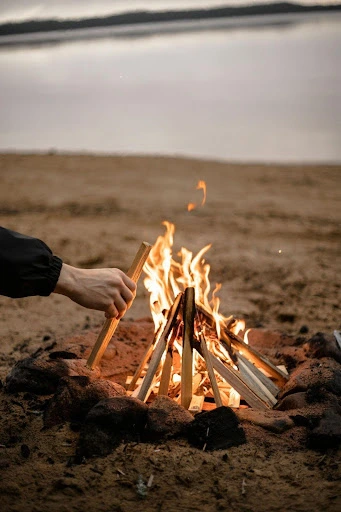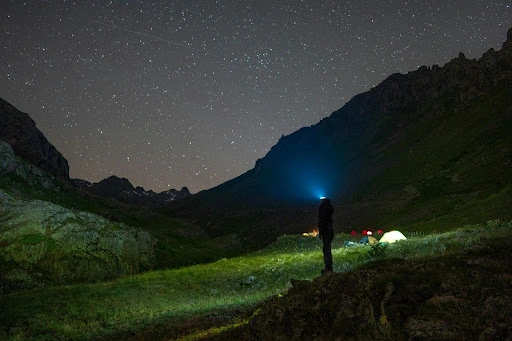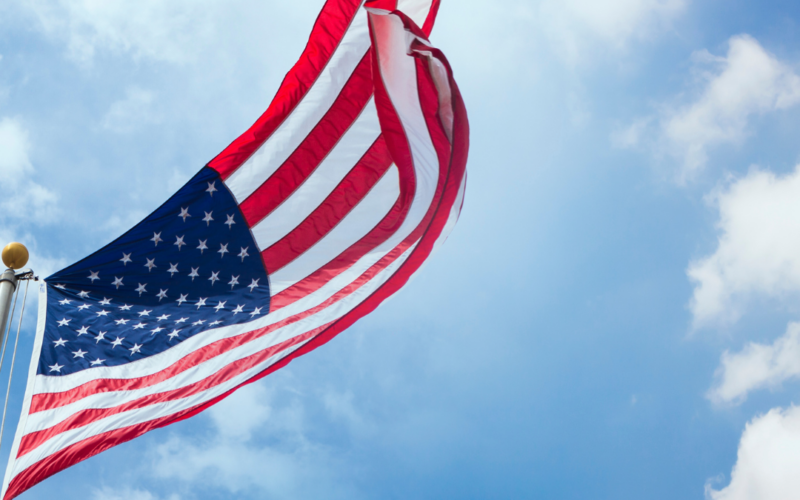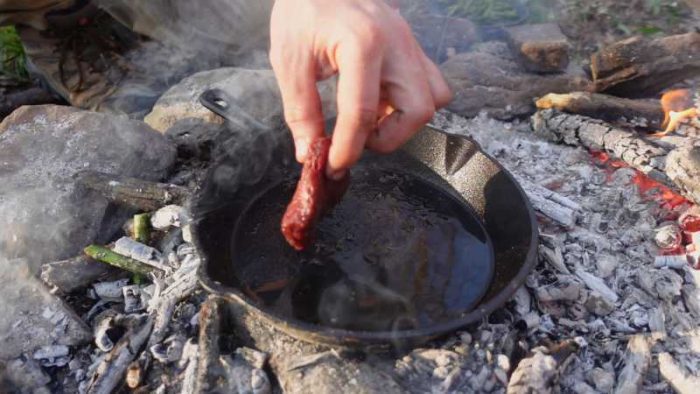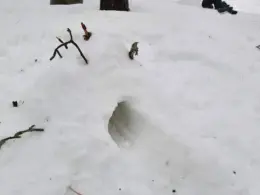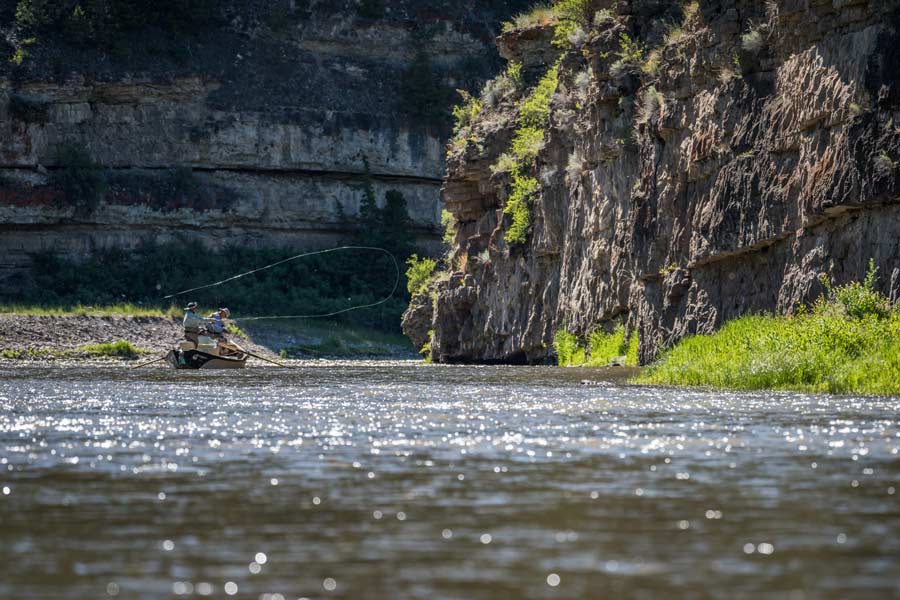Few things rival the magic of a campfire. Its golden glow flickers against trees, warmth seeps into your bones, and the hiss and pop of burning wood mark the heartbeat of any campsite. But a strong, steady fire doesn’t happen by accident. Rather than tossing logs in a pile, you need to master three essentials: tinder, kindling, and firewood.
Master these three essentials to avoid frustration and enjoy a crackling, reliable fire. Let’s break down what each does and how to use them effectively for campfire mastery.
Table of Contents
Tinder: Your Fire’s First Spark
Tinder is the lifeblood of every fire. It’s the delicate material that catches a spark and ignites almost instantly. The easiest resources that come to mind are dry grass, pine needles, shredded bark, or even fatwood shavings. The key piece of advice when looking for the right tinder? It has to be dry and fluffy.
If you’ve ever tried to light damp grass after a rainstorm, you know the pain of watching it smolder uselessly. Dry tinder, on the other hand, bursts to life. A good rule of thumb: gather a bundle about the size of two cupped hands. Keep it loose so air can move through it- pack it too tightly and you’ll choke the flame.
When you strike your match or flint, shield the tinder from wind, and have backup ready, since it burns out quickly. Test its readiness by snapping it: if it cracks crisply, it’s good to go. If it bends or feels damp, keep foraging.
When Tinder Matters the Most:
- Starting any fire, from a teepee setup to a Swedish torch
- Damp, cold, or windy conditions where your first flame has to be strong
- When your firewood is wet and needs help getting lit
If you plan on starting any kind of campfire then you will need some tinder to get it started. Unless you’re bringing a propane torch, in which case, it doesn’t matter.
Kindling: Keep Building the Fire
Once your tinder’s alive and lit, your kindling is what builds the fire’s momentum. These are the small sticks and twigs, ranging from pencil-thin to thumb-thick, that burn hotter and longer than tinder. They bridge the gap between that fragile first flame and the hefty firewood to come.
Good kindling is bone-dry and snaps cleanly when bent. If it bends or splinters without breaking, leave it. Hardwoods like oak burn hotter, while softwoods like pine catch more quickly having both gives you flexibility. It’s best to have double to triple the amount of kindling you THINK you need to get the fire started. Often you can run out of kindling before the fire actually gets going!
Lay your kindling over the tinder in a loose teepee or crisscross pattern, leaving air gaps so oxygen flows. Add it gradually. Too much, too fast, and you’ll smother the flame you worked so hard to spark. If you have a large bundle of sticks that you’re putting over the lit tinder then be sure not to smoosh it down or you can suffocate the fire. Only when the flames reach up through the bundle can you apply some pressure to push it down. This will get more of the kindling to ignite.
Why Kindling Matters:
- It burns hotter and longer than tinder, creating the heat needed to ignite firewood.
- It’s essential for structured fires like log cabin or pyramid builds
- In cold or wet weather, it makes the difference between a fire that thrives and one that fizzles.
As with tinder, kindling is as important in keeping the fire going until it is hot enough to consume larger pieces of firewood.
Firewood Cuts: Congrats, You Made It
Once flames are steady, the larger pieces of firewood keep them going. Firewood fuels warmth, cooking, and long-lasting fires. The cut and type of firewood determine how your fire performs.
- Whole Logs: Thick, solid pieces (wrist-thick or larger). Hardwoods like maple and oak burn slow and steady, giving you hours of warmth. Softwoods like pine burn quickly, great for a short, lively blaze.
- Split Wood: Logs quartered with an axe expose dry inner wood, making them easier to ignite. Perfect for cooking or when you need quicker, hotter flames.
- Batons: Smaller splits, about finger-width, give you more control for modest fires or camp cooking. They burn fast, so keep extras handy.
- Feather Sticks: A survivalist’s trick. Carve thin curls into a stick, leaving them attached. They act like built-in kindling, great for wet or challenging conditions.
Avoid green or freshly cut wood as it’s heavy with moisture and produces more smoke than flame. Seasoned wood is your best friend: it feels light, sounds hollow when tapped, and burns clean.
When To Use Each Cut:
- Logs for steady, long-lasting heat
- Splits for quicker ignition and cooking
- Batons for small or controlled fires
- Feather sticks when the weather makes everything else stubborn.
This variety gives you the flexibility to build the fire you need, regardless of whether it’s a roaring bonfire for a group or a quiet flame for solo coffee at dawn.
Final Thoughts
Every great fire is built in stages: tinder sparks it, kindling grows it, and firewood sustains it. Get the balance right, and you’ll go from frustration to mastery. Always prioritize dry materials, keep a bucket of water nearby for safety, and follow local fire rules.



